Mechanical 12-speed is a first for SRAM. It brings the entry-level Apex groupset in line with the brand's premium electronic AXS range on the road, with 12 speeds. Beyond that, it opens up compatibility with its mountain bike drivetrain options too.
Apex mechanical has been left unchanged since 2016, and even then, it was based on the original 1x mechanical CX1 groupset from 2014.
Nigh-on a decade has passed, so Apex was certainly due for a comprehensive overhaul.
That’s exactly what we’ve got, and while Apex Eagle may borrow heavily from SRAM’s 12-speed GX Eagle mountain bike groupset, there are enough new components here to open up ultra-wide gravel gearing to a new, more price-conscious rider.
New shift levers
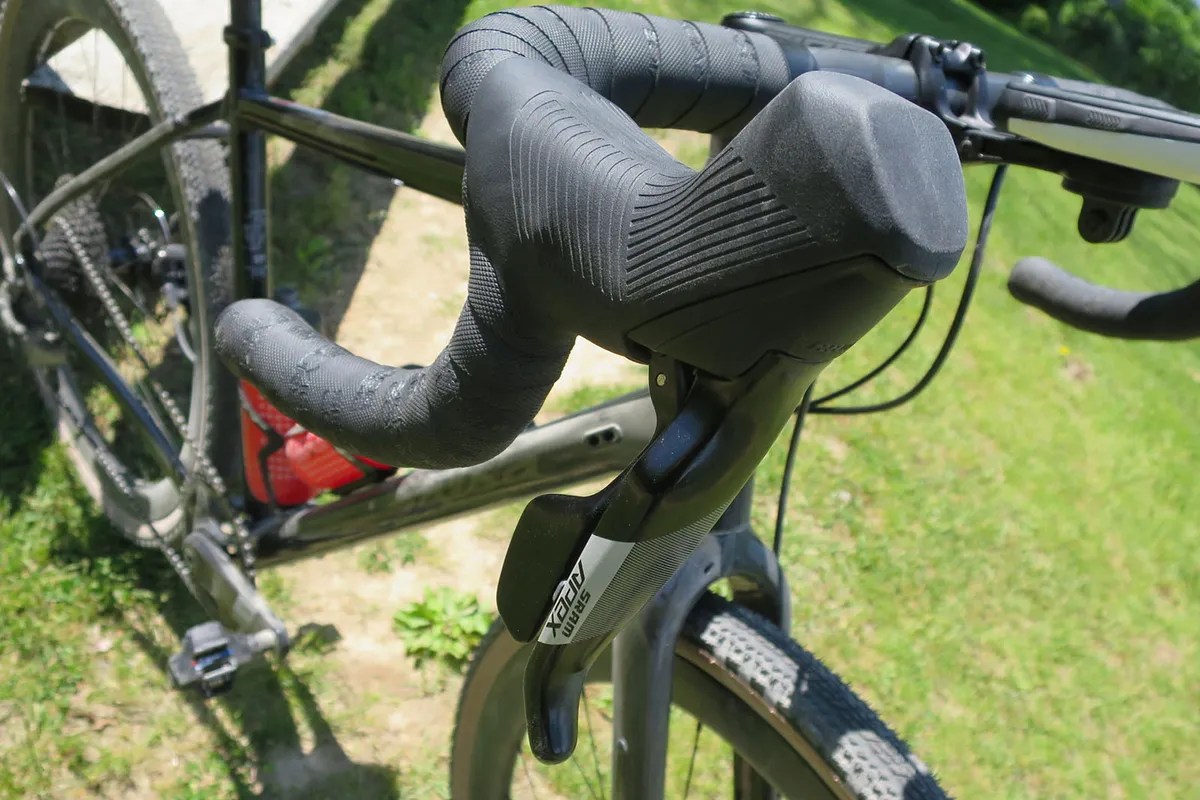
The biggest shift in the mechanical design is the hood shape. Out goes the tall pillar-like hood profile from the old mechanical groups, and in comes a smaller and slimmer version that’s much more aesthetically pleasing.
The new mechanical hood shape is very close to the compact AXS design of Apex, Rival and Force.
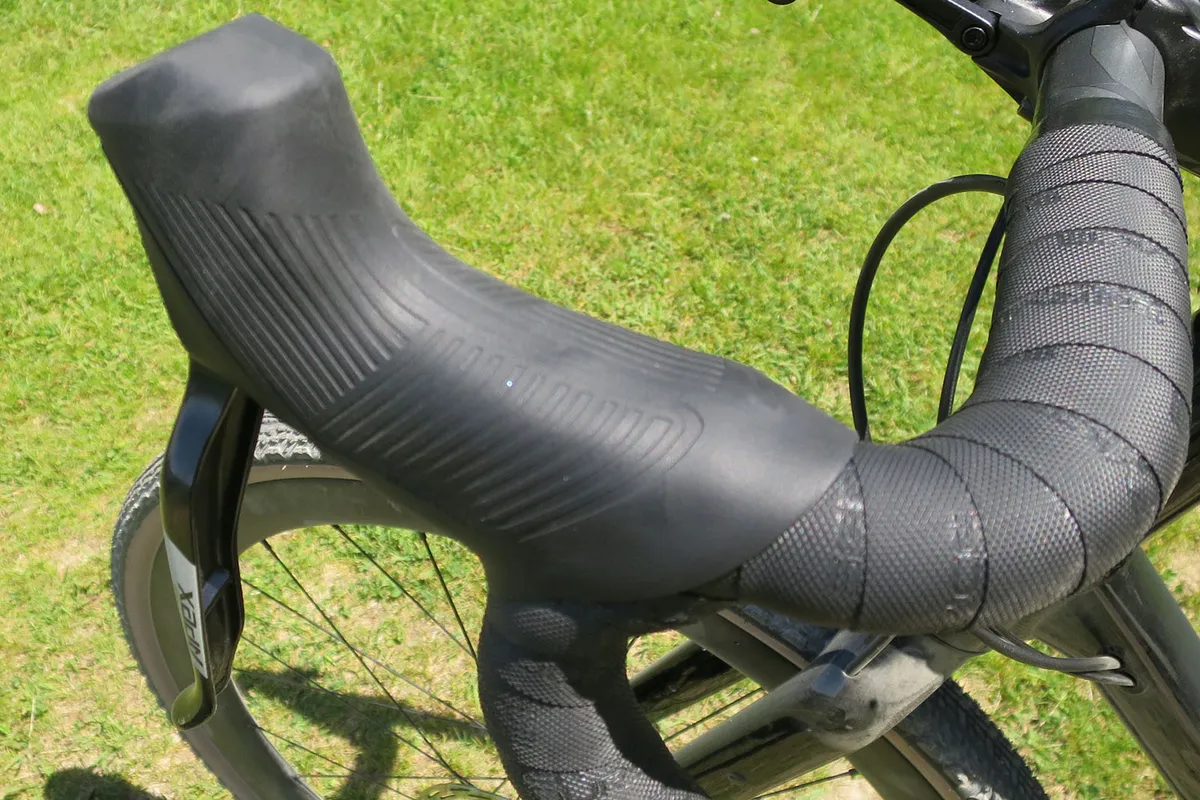
It's less than 5mm wider than AXS and feels much the same in the hand.
The textured and patterned hood cover is made of a thick rubber polymer to offer some cushioning on choppy surfaces, in a similar vein to how quality bar tape works.
Improved braking
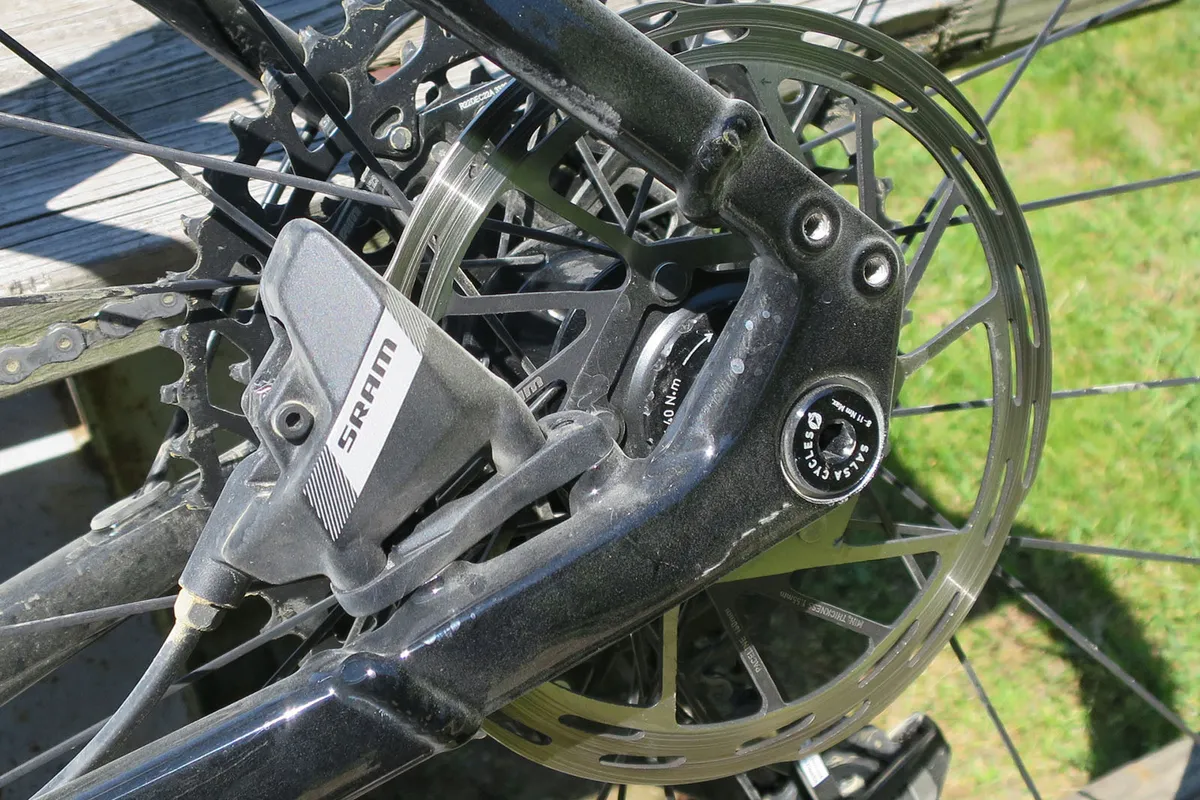
I was impressed by the new brake lever shape. The metal blade has a wide and flattened surface, but is shaped with an indented kink just below the lever's pivot point.
This makes for vastly improved braking from the hoods because you're not trying to push through the initial lever action.
As soon as you exert pressure on the lever, you can feel the brake system engaging. It’s a very similar feel to the ServoWave design found on Shimano’s GRX Di2 groupset.
My test brakes were equipped with SRAM’s standard organic pads, suitable for the dry, dusty conditions of the test locale.
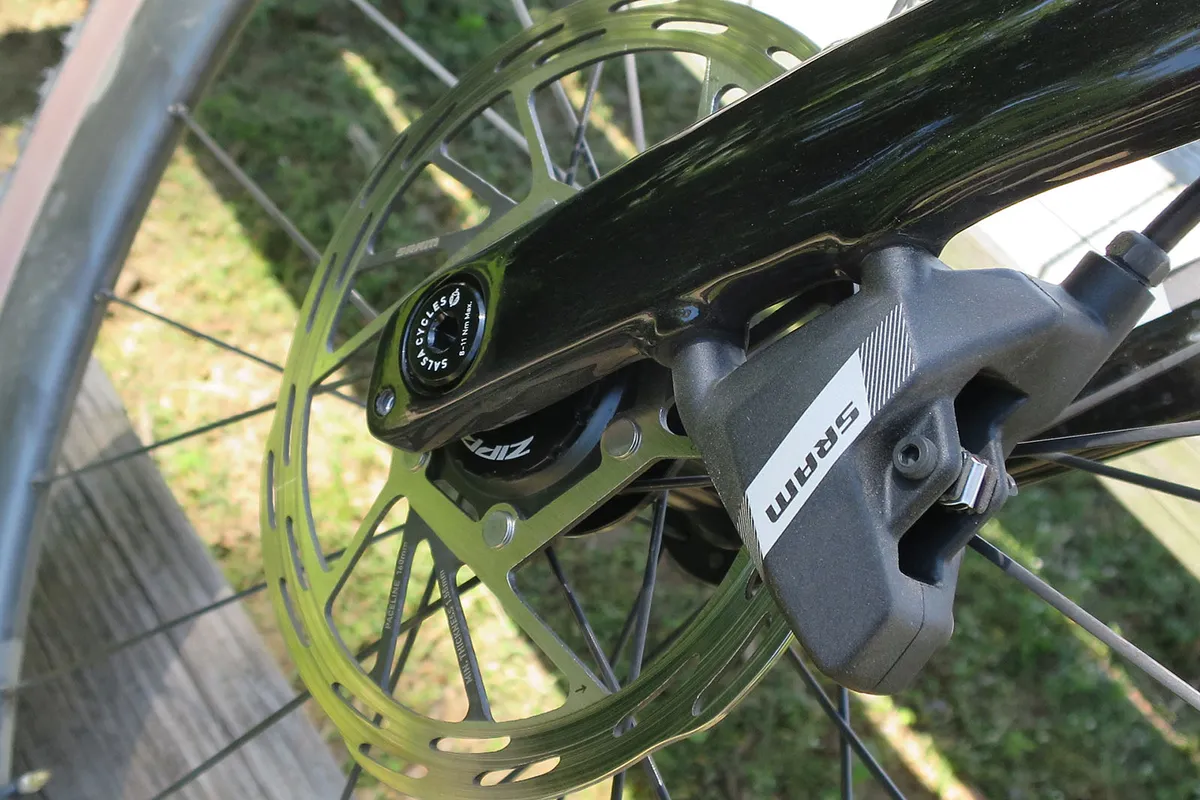
For more changeable UK weather, SRAM offers an aftermarket metal sintered pad for a little more longevity in damp and dirty conditions.
The braking is streets ahead of the original mechanical groupset, SRAM using the same new two-piece caliper design as found on Apex AXS.
The new internal architecture makes for a smoother piston action, so there’s less chance of the pad creeping in towards the disc once it gets thoroughly coated in grit and grime.
Double-tap shifting
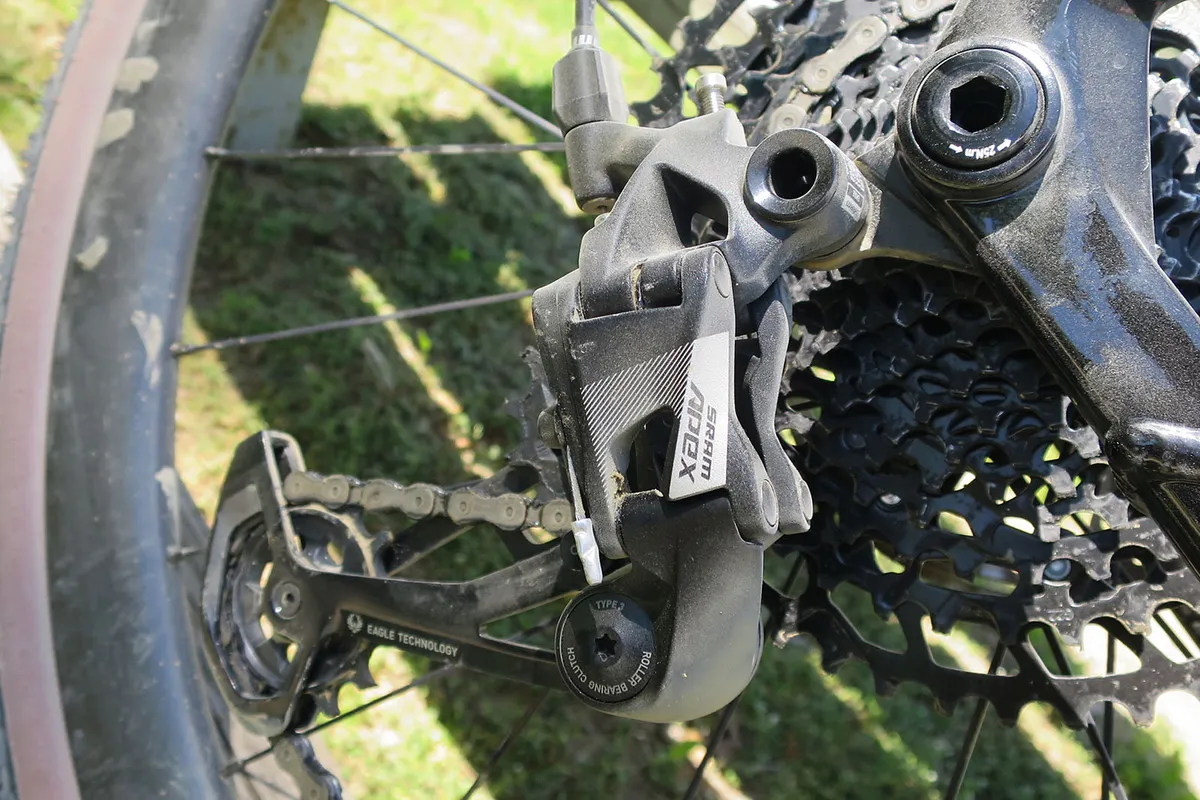
SRAM’s mechanical shifting uses the long-established double-tap shift logic from the original 2006 Force road groupset (updated for Red in 2008).
For 1x, it means the right-hand brake lever has a shift lever sitting behind it. When you push the paddle to the first click, you get a downshift. Push through to the second click and the rear derailleur upshifts.
It’s an intuitive system, but works best when you don’t overthink things. Downshifts are snappy and impressively fast even over rough terrain.
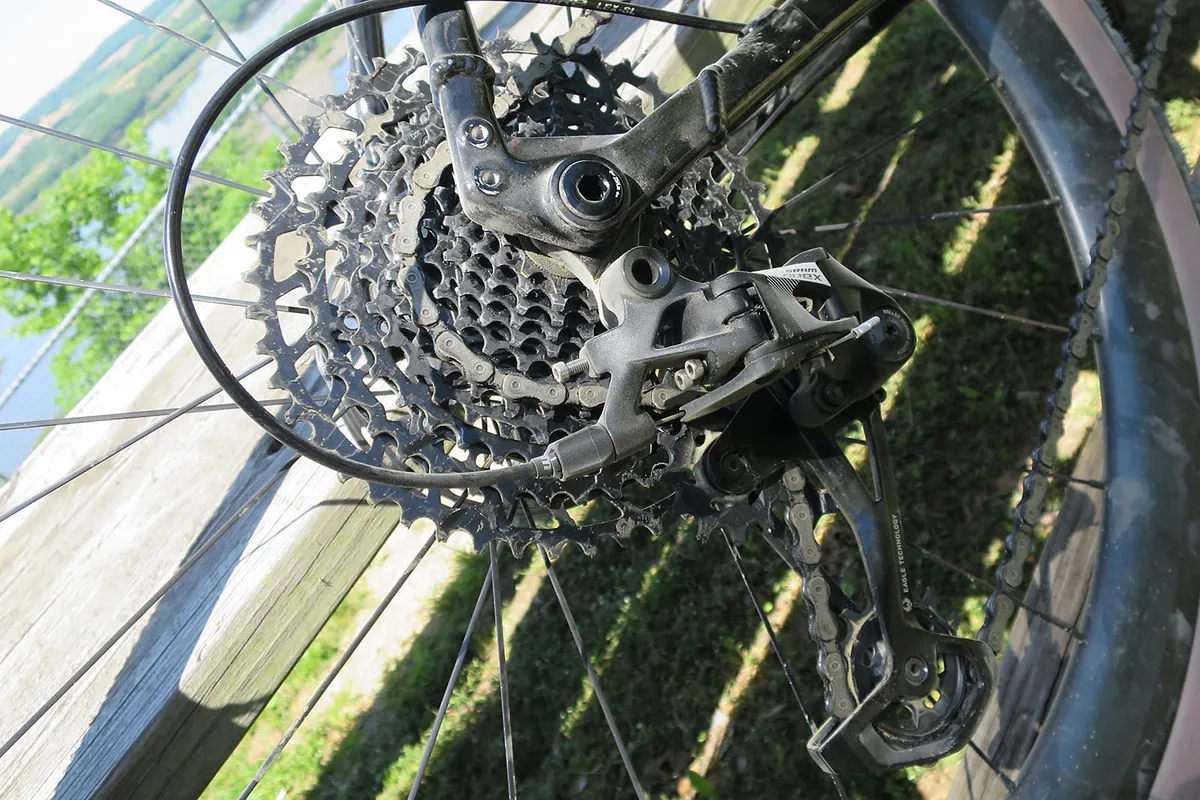
The shift quality across the new HG-compatible 11-50 tooth cassette was consistent and chain buzz was kept to a minimum even at the extremes of the wide-range cassette.
Upshifts require you to push through to the double click without hesitating. However, I found on a couple of occasions when I lingered on the paddle for a moment, upshifting at slow speed to navigate an obstacle, I got an occasional 'graunching' noise as the chain moved slowly across two cogs.
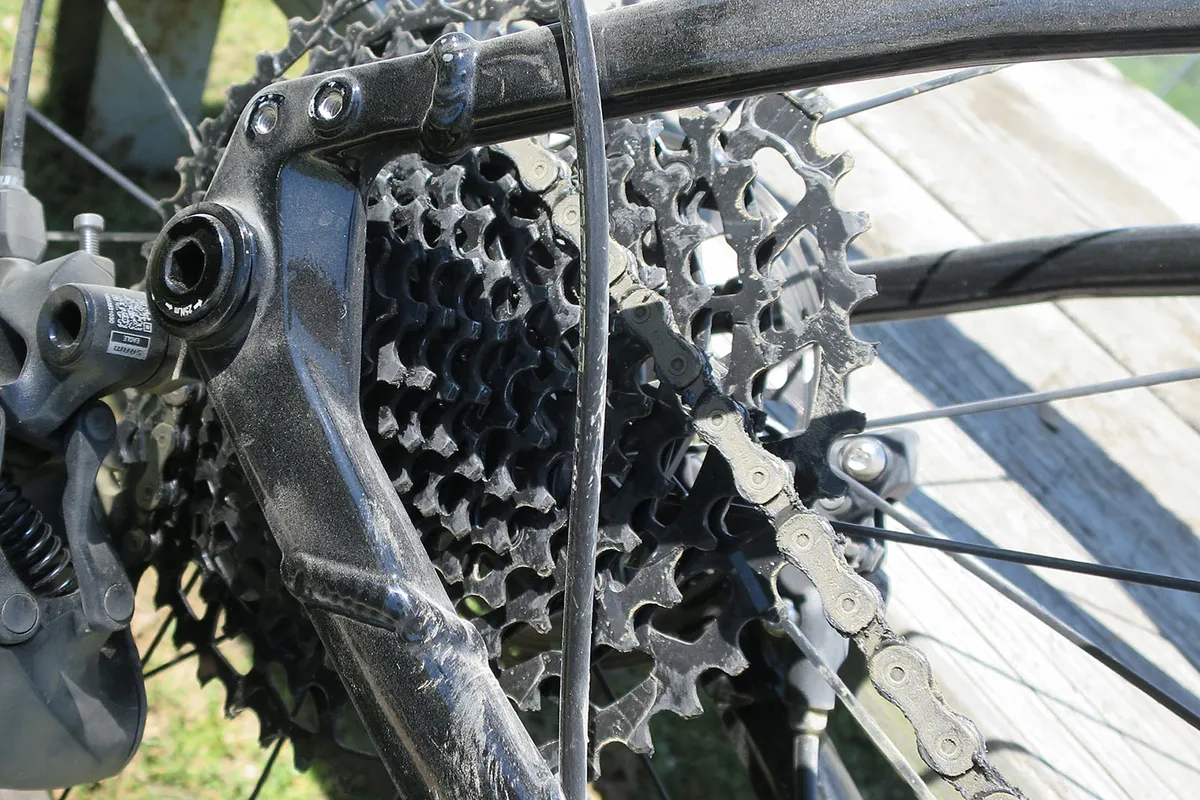
The rear derailleur comes with the X-Horizon straight-parallelogram design, which moves the upper jockey wheel vertically in line with the larger lower wheel.
SRAM claims this limits movement to a horizontal plane and eliminates ghost-shifting altogether (when a change in cable tension influenced by the derailleur moving causes a gear shift).
I didn’t get any ghost shifting at all across the full days of riding, but the proof will come once I’ve tested it longer-term and in all conditions.
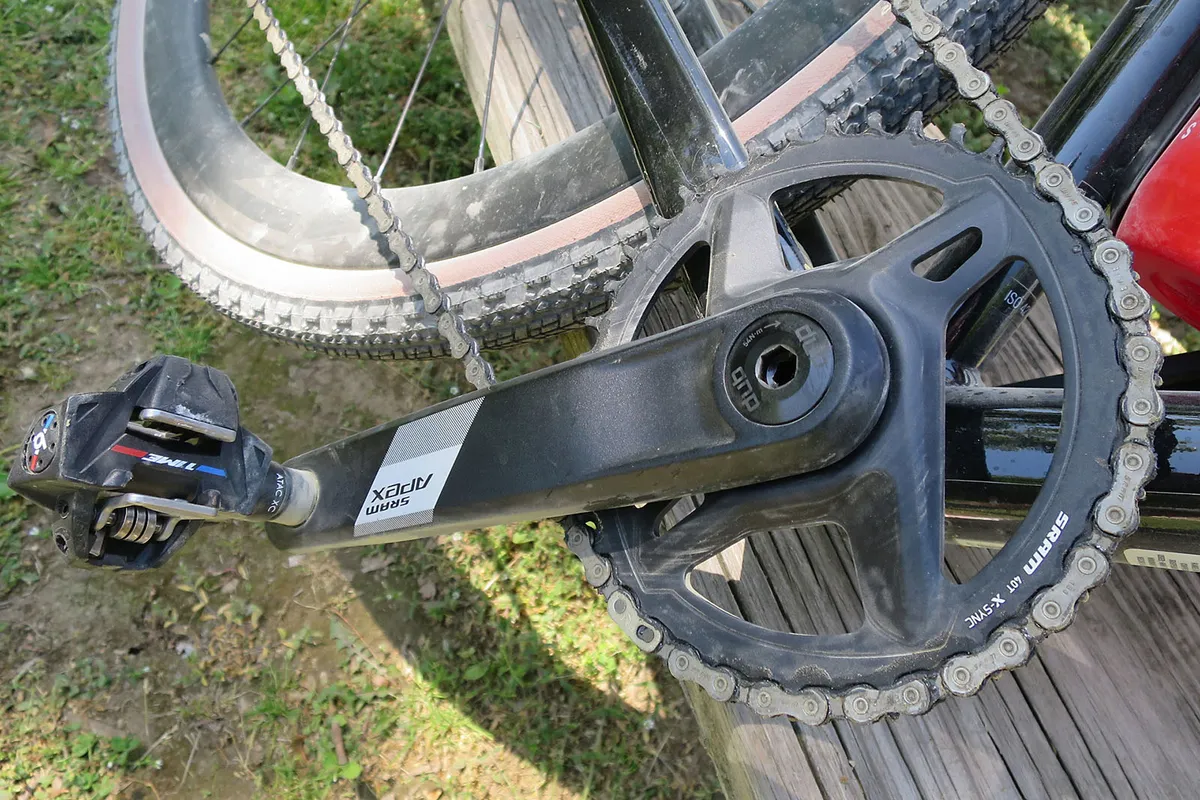
I found that after the first couple of hours of riding, the cable had stretched a little, making it difficult to get the rear derailleur to upshift to the 50-tooth cog.
A quick stop and trailside quarter-tightening turn of the barrel adjuster cured this, so I’ll put it down to the cable settling in on a newly assembled bike.
The sprung-loaded clutch on the rear derailleur, paired with the single narrow-wide 40-tooth chainring, kept the chain in check even on a testing mountain bike trail excursion.
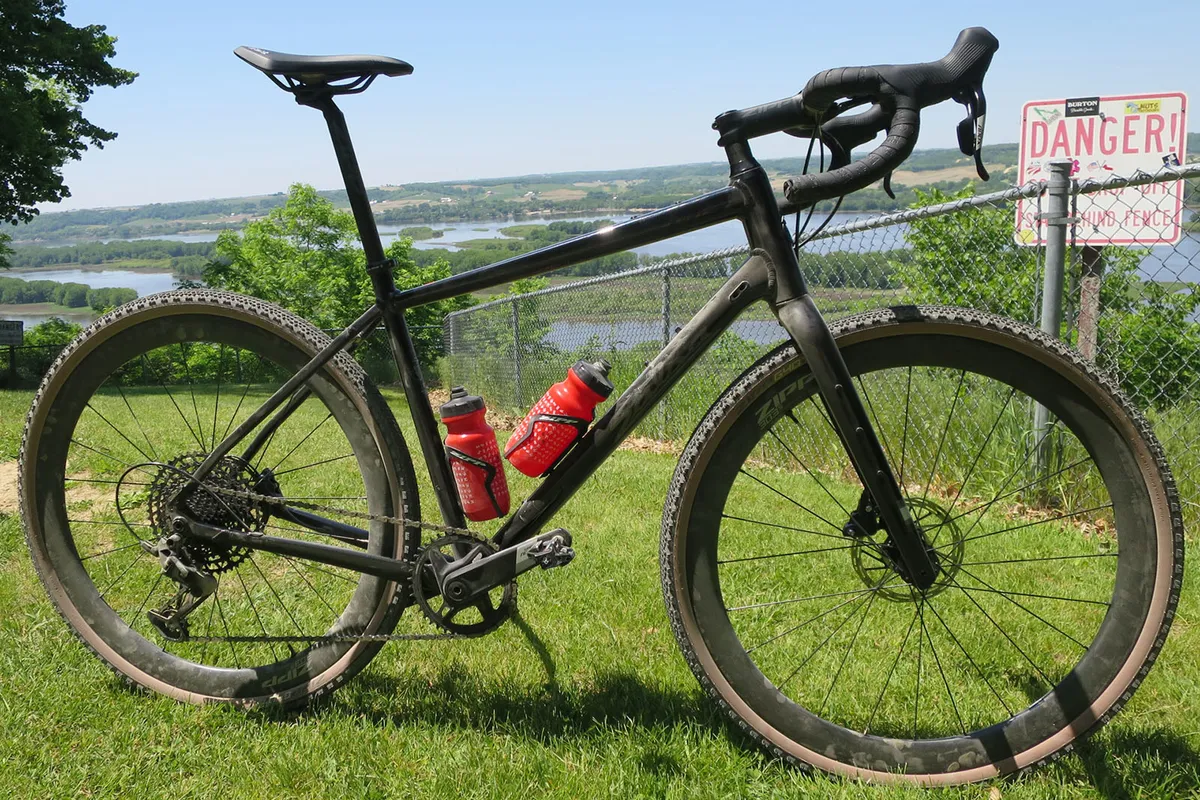
The 40-tooth chainring and 11-50 pairing, which gives a 455 per cent gear range and a lightest gear that’s less than 1:1, is more than ample for any gravel climb.
The top-end 40/11-tooth combination was ample for off-road speed duties and only on one fast tarmac descent did I find myself spinning out.
However, if you’re running XDR freehub-equipped gravel wheels, you could use an Eagle 10-52 tooth cassette for a bit more range.
SRAM Apex Eagle early verdict
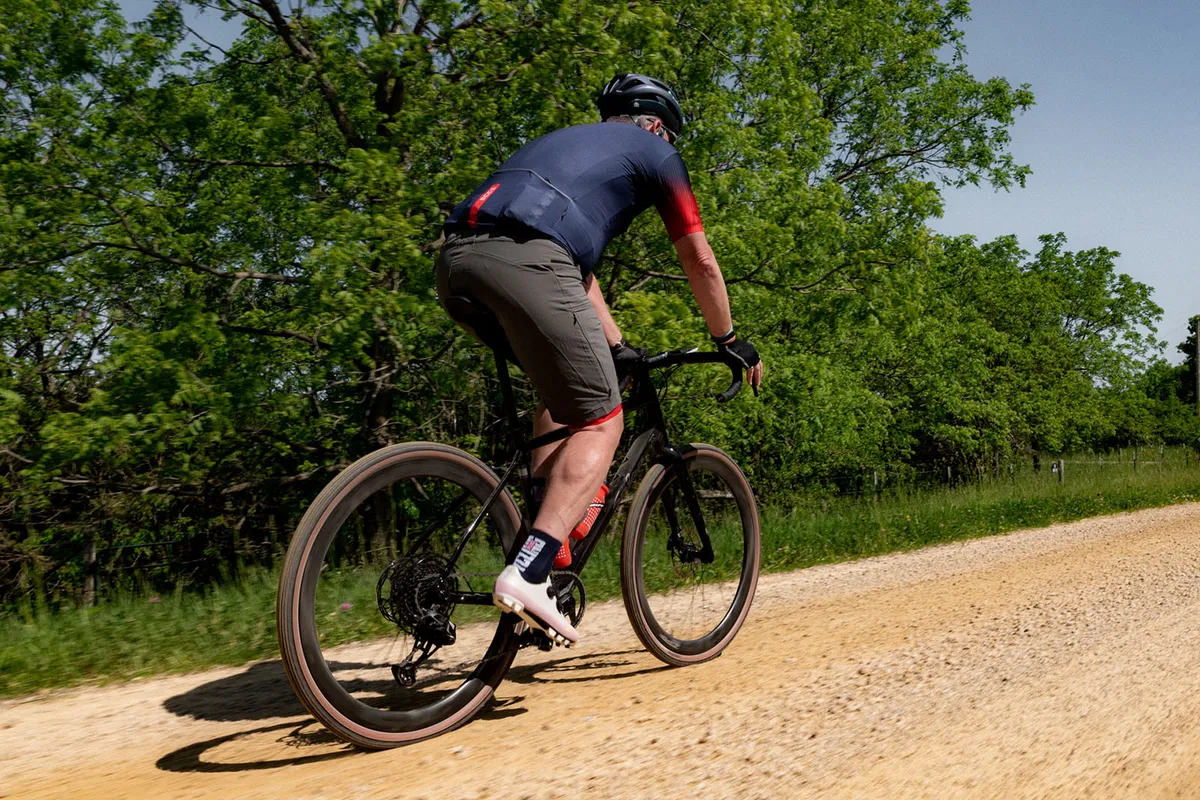
Mechanical Apex Eagle is, on first impressions, leagues ahead of the previous generation.
I like that it's compatible with all of SRAM’s 12-speed offerings across road and mountain.
Plus, if you've bought a budget gravel bike, you have a path to upgrade when finances allow (or worn-out parts need replacing).
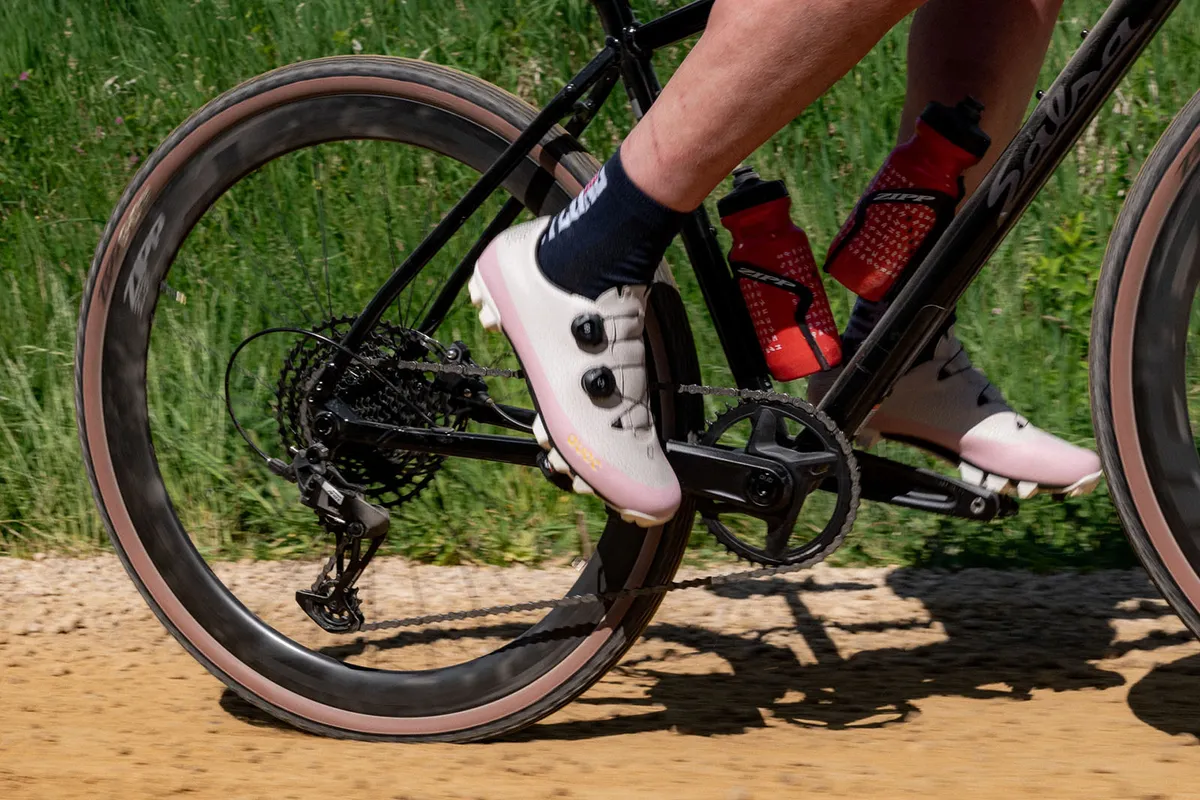
That said, unless your priority is weight, I can’t really see a need to change it up at all. Apex mechanical works very well.
I’m looking forward to getting hold of a groupset longer-term to see how it fares with British wet and grit. However, in terms of performance and feel, I think Apex mechanical could quickly become the smart choice on mid-range complete gravel bikes.
Prices and weights (as ridden)
Weights (claimed)
- Control ED/SD (r): 475g
- Control ED/SD (l): 395g
- Crank: 703g
- Derailleur: 288g
- Cassette: 615g
- Chain: 260g
- Bottom bracket: 76g
- Rotors, 2x Paceline (160mm): 336g
- Total: 3,148g
Prices
- Control ED/SD (R): £265/$245/€295
- Control ED/SD (L): £265/$245/€295
- Crank: £120/$110/€130
- Derailleur: £135/$125/€150
- Cassette: £110/$108/€123
- Chain: £32/$30/€36
- Bottom bracket: £36/$43/€42
- Rotors, 2 x Paceline (160mm): £54/$54/€60 (each)
- Total: £1,071/$1,020/€1,192
Product
| Brand | Sram |
| Price | €1192.00, £1071.00, $1020.00 |
| Weight | 3148g |
